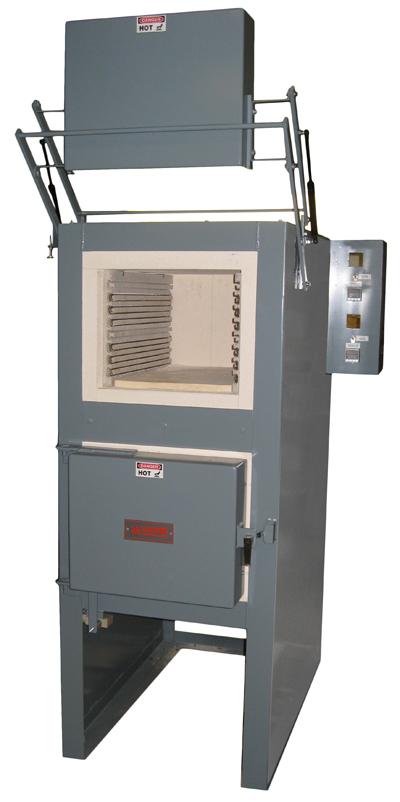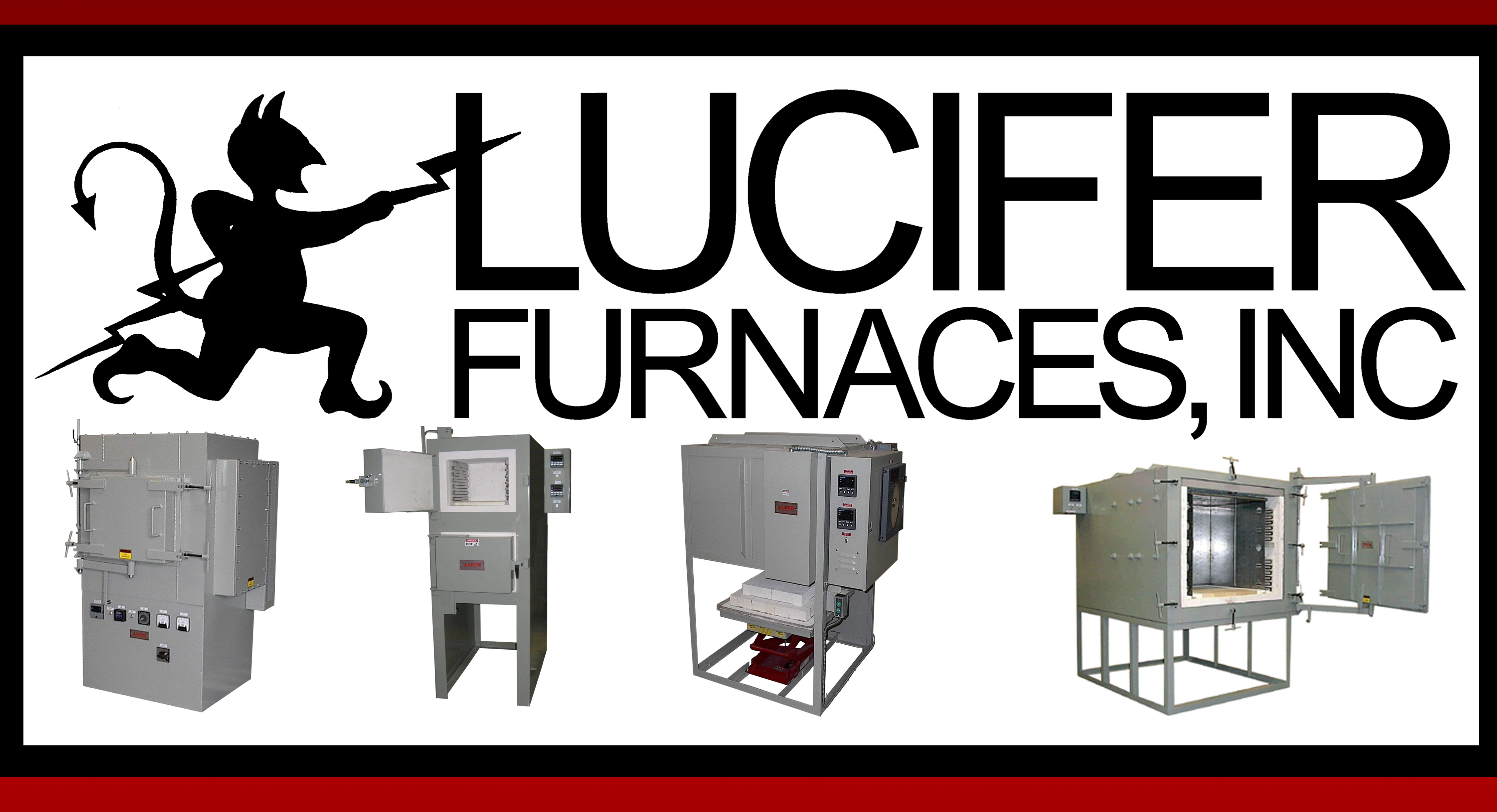
Laboratory Testing Inc., a full-service materials testing lab in the Philadelphia area, has added a Lucifer Red Devil dual chamber furnace to its line of analytical equipment.
Destructive Testing Manager Brandon McVaugh chose a Lucifer Furnace because "Lucifer's furnaces have good uniformity and are capable of meeting AMS 2750 requirements for aerospace, because of the generous work zones to accommodate larger parts, and because of Lucifer's flexibility in options for temperature controllers and recording devices."
LTI uses the furnace to perform capability heat treating to various specifications for ASTM, AMS, GE, ASME and other customer requirements, including solution treatment cycles, aging cycles, post weld heat treat, normalizing, hardening, and tempering. The Red Devil Dual Chamber Furnace is designed as an affordable option for occasional heat treaters looking for durable energy efficient equipment. With both chambers 12"H x14"W x24"L, the upper chamber is programmed to heat to 2,200° F while the lower oven reaches 1,200° F.
Dual Chamber furnaces allow a user to harden in the upper chamber then temper/draw in the lower oven without waiting for a single chamber unit to cool down. Both chambers are lined with 4.5" multilayer lightweight firebrick insulation and mineral wool backup precision dry fit to allow for thermal expansion while minimizing heat loss. Easy-to-replace heating elements simplify maintenance. For Laboratory Testing Inc., Lucifer customized a standard Red Devil Model RD8-KHE24 with Eurotherm 3204 programmable controllers and Honeywell UDC1200 overtemperature controllers. The upper chamber was modified with a gas spring vertical lift door. This dual chamber furnace will join another Red Devil already on site.
Both Lucifer and Laboratory Testing Inc. are family owned, second generation small businesses involved with metal material handling. Laboratory Testing Inc. specializes in performing metals testing through destructive testing methods, including mechanical, metallurgical, chemical and corrosion testing, and nondestructive testing (NDT) methods.
Contact Details
Related Glossary Terms
- hardening
hardening
Process of increasing the surface hardness of a part. It is accomplished by heating a piece of steel to a temperature within or above its critical range and then cooling (or quenching) it rapidly. In any heat-treatment operation, the rate of heating is important. Heat flows from the exterior to the interior of steel at a definite rate. If the steel is heated too quickly, the outside becomes hotter than the inside and the desired uniform structure cannot be obtained. If a piece is irregular in shape, a slow heating rate is essential to prevent warping and cracking. The heavier the section, the longer the heating time must be to achieve uniform results. Even after the correct temperature has been reached, the piece should be held at the temperature for a sufficient period of time to permit its thickest section to attain a uniform temperature. See workhardening.
- nondestructive testing ( NDT)
nondestructive testing ( NDT)
Same as nondestructive inspection but implying use of a method in which the part is stimulated and its response measured quantitatively or semiquantitatively.
- normalizing
normalizing
Heating a ferrous alloy to a temperature above the transformation range and then cooling in air to a temperature below the transformation range.
- tempering
tempering
1. In heat-treatment, reheating hardened steel or hardened cast iron to a given temperature below the eutectoid temperature to decrease hardness and increase toughness. The process also is sometimes applied to normalized steel. 2. In nonferrous alloys and in some ferrous alloys (steels that cannot be hardened by heat-treatment), the hardness and strength produced by mechanical or thermal treatment, or both, and characterized by a certain structure, mechanical properties or reduction in area during cold working.

